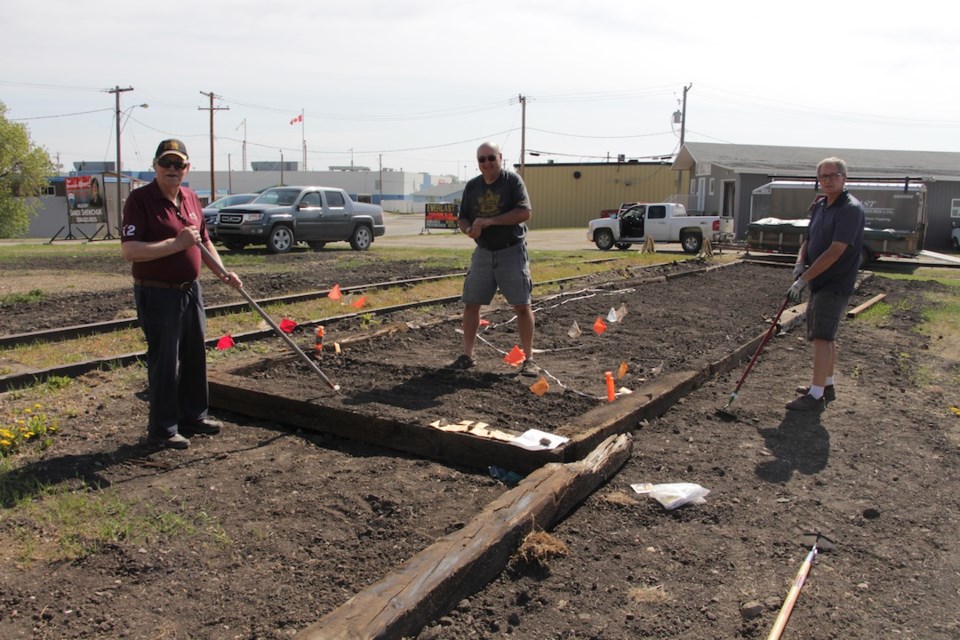Something’s growing at the Yorkton Brick Flour Mill.
The mill site will feature a new display, showing the historic development of wheat over the years. Thom Weir explained that it’s going to cover the history of wheat.
The display will start with ancient grains, wheats grown 2-3,000 years ago, going through the wheats that were grown in Europe in the middle ages, up to the bulk of the display, featuring grains that were grown from the 1880s to the grains grown in the 1950s.
There are people who grow these ancient grains to keep the genetics alive, explained Weir, including at the University of Saskatchewan, and they are the source of the wheat that will be used at the mill site.
“They’re of interest, first of all as a reservoir as a genes for breeding, but also to compare where we were and where we are now. It’s milestones they can put up and go back and test.”
While it’s not grain that you’ll see in an average field today, it’s wheat that the agriculture industry was built on.
“Red fife was the original wheat that made Minneapolis the wheat capital and the flour capital of the world. It was such high quality, and was grown in the 1880s through the 1900s on most of the acres that grew wheat. What happened was that when they started settling Saskatchewan and Alberta, they realized it had too long a maturity on it. It really became the reason the Dominion research farms, the Ag Canada research stations that we know today, were developed, so they could try and develop earlier wheat varieties. They succeeded, it was bred in Ottawa but the development was mainly done in Indian Head, Marquis wheat, which was 10-14 days earlier than red fife. It allowed a lot of prairie agriculture to be developed because it was early, and still had really high quality. In that regard, it was the wheat that the Winnipeg milling industry was built on.”
The plot will also feature Thatcher and Canthatch wheat, developed for rust resistance, which “basically saved” wheat production after rust epidemics in the 1950s. They have wheat developed by Seager Wheeler in Rosthern.
The story of wheat directly leads to the story of Yorkton and the establishment of the Brick Flour Mill itself, and Weir said it’s important for them to use the mill site to celebrate the city’s history.
“Yorkton wouldn’t be here without agriculture. You look at its history and you look at it even today. If you take the implement dealerships, the grain businesses, the canola mills out, and Yorkton would be a much different place. It was the same 120 years ago, but in those days it was the Mill that was the center. People were growing grain but they had excess and they wanted to sell it, so the Mill developed. That’s part of Yorkton’s history.”
The wheat was planted last week, and Weir expects to see it come up in ten days to two weeks, and the best time for viewing to be the end of June to July, when the differences in the varieties start to become apparent.



